Western Asiatic Late Elamite or Achaemenid Temple Plaque Mid 7th-6th century BC A rectangular sheet bronze plaque, holes close to the rim for attachment of a lining; the surface executed in repoussé technique, is filled by scenes horizontally divided with guilloche of two interlaced serpents; in the lower register two opposed lions (an antithetic pair, a lion and a lioness), both in profile, walking position, are showed attacking a boar; the lions have the jaws opened and prominent muscles; the mane is marked, their tails form a reverse S-curved between their hind legs; the anterior part of the boar is collapsing under the lion's attack; rosettes are filling the field and in the upper register, two large bosses are separating three semi-human figures, maybe representing evil spirits, advancing in crouching pose with elbows bent and hands palm-upwards, rosettes and fungi in the field, their arms elevated in prayer. 495 grams, 42 x 25cm (16 1/2 x 10"). Fine condition, with a beautiful greenish patina. Provenance Property of a West London businessman, formed in the late 1980s-early 1990s; accompanied by an academic report by specialist Dr Raffaele D'Amato and by a metallurgic analytical report, written by Metallurgist Dr. Brian Gilmour of the Research Laboratory for Archaeology and the History of Art, University of Oxford, report number 618/129067. Literature See Rawlinson, G.M.A., The five great Monarchies of the Ancient Eastern World, III vol., New York, 1881; Schmidt, E.F., Persepolis II, Contents of the Treasures and other discoveries, Chicago, 1957; Soudavar, A., Iranian complexities, a study in Achaemenid, Avestan and Sassanian controversies, Houston, 1999; Garrison, M., 'Notes on a boar hunt (PFS 2323) in Bulletin of the Institute of Classical Studies vol. 54, No. 2 (2011), pp.17-20; Muscarella, O.W., Archaeology, Artifacts and Antiquities of the Ancient Near East, Boston, 2013. Footnotes Our specimen is a well preserved decorative votive plaque of Early Achaemenid Age, although some elements could induce to consider the plaque as belonging to the late Elamite period. Usually these plaques are rectangular in shapes and contain one or more figures. One of the predominant figures is the lion, an old symbol of power in Ancient Mesopotamia. It appears often in a similar shape, for example in the Achaemenid seals (Schmidt, 1957, pp.42-44), as a hunter. The king of the beasts was considered a worthy foe, but sometimes was used as a symbol of the dynasty. Boars are also visible in seal pattern (Rawlinson, 1881, p. 240; Schmidt, 1957, pp.12,15,40,41,49). The rosette motive is well known in the Achaemenid art, like on the Miho's Artaxerxes plate (Soudavar, 1999, p.11) or in decorated architectural fragments left on the ground in Persepolis (Soudavar, 1999, p.20 fig.14), and, more important, in the famous Otane's plaque (Soudavar, 1999, p.29 fig.32; p. 42 fig. 41a-b-c) or on the plaque reporting the Bisotun text (Soudavar, 1999, p. 56 fig. 45). The rosette is a representation of the solar emblems, and it is already visible in works of the first millennium BC (Muscarella, 2013, pp. 682-683, 781), and on the diadems of the Elamite Rulers represented in the Achaemenid art. The representation of the Anshānite Sun Flower under form of rosette vary in shapes and it is not always easier to understand if its making is anterior to the Darius Persepolitan style. Here, the presence of convex more than concave rosettes are pointing more to a
Western Asiatic Late Elamite or Achaemenid Temple Plaque Mid 7th-6th century BC A rectangular sheet bronze plaque, holes close to the rim for attachment of a lining; the surface executed in repoussé technique, is filled by scenes horizontally divided with guilloche of two interlaced serpents; in the lower register two opposed lions (an antithetic pair, a lion and a lioness), both in profile, walking position, are showed attacking a boar; the lions have the jaws opened and prominent muscles; the mane is marked, their tails form a reverse S-curved between their hind legs; the anterior part of the boar is collapsing under the lion's attack; rosettes are filling the field and in the upper register, two large bosses are separating three semi-human figures, maybe representing evil spirits, advancing in crouching pose with elbows bent and hands palm-upwards, rosettes and fungi in the field, their arms elevated in prayer. 495 grams, 42 x 25cm (16 1/2 x 10"). Fine condition, with a beautiful greenish patina. Provenance Property of a West London businessman, formed in the late 1980s-early 1990s; accompanied by an academic report by specialist Dr Raffaele D'Amato and by a metallurgic analytical report, written by Metallurgist Dr. Brian Gilmour of the Research Laboratory for Archaeology and the History of Art, University of Oxford, report number 618/129067. Literature See Rawlinson, G.M.A., The five great Monarchies of the Ancient Eastern World, III vol., New York, 1881; Schmidt, E.F., Persepolis II, Contents of the Treasures and other discoveries, Chicago, 1957; Soudavar, A., Iranian complexities, a study in Achaemenid, Avestan and Sassanian controversies, Houston, 1999; Garrison, M., 'Notes on a boar hunt (PFS 2323) in Bulletin of the Institute of Classical Studies vol. 54, No. 2 (2011), pp.17-20; Muscarella, O.W., Archaeology, Artifacts and Antiquities of the Ancient Near East, Boston, 2013. Footnotes Our specimen is a well preserved decorative votive plaque of Early Achaemenid Age, although some elements could induce to consider the plaque as belonging to the late Elamite period. Usually these plaques are rectangular in shapes and contain one or more figures. One of the predominant figures is the lion, an old symbol of power in Ancient Mesopotamia. It appears often in a similar shape, for example in the Achaemenid seals (Schmidt, 1957, pp.42-44), as a hunter. The king of the beasts was considered a worthy foe, but sometimes was used as a symbol of the dynasty. Boars are also visible in seal pattern (Rawlinson, 1881, p. 240; Schmidt, 1957, pp.12,15,40,41,49). The rosette motive is well known in the Achaemenid art, like on the Miho's Artaxerxes plate (Soudavar, 1999, p.11) or in decorated architectural fragments left on the ground in Persepolis (Soudavar, 1999, p.20 fig.14), and, more important, in the famous Otane's plaque (Soudavar, 1999, p.29 fig.32; p. 42 fig. 41a-b-c) or on the plaque reporting the Bisotun text (Soudavar, 1999, p. 56 fig. 45). The rosette is a representation of the solar emblems, and it is already visible in works of the first millennium BC (Muscarella, 2013, pp. 682-683, 781), and on the diadems of the Elamite Rulers represented in the Achaemenid art. The representation of the Anshānite Sun Flower under form of rosette vary in shapes and it is not always easier to understand if its making is anterior to the Darius Persepolitan style. Here, the presence of convex more than concave rosettes are pointing more to a
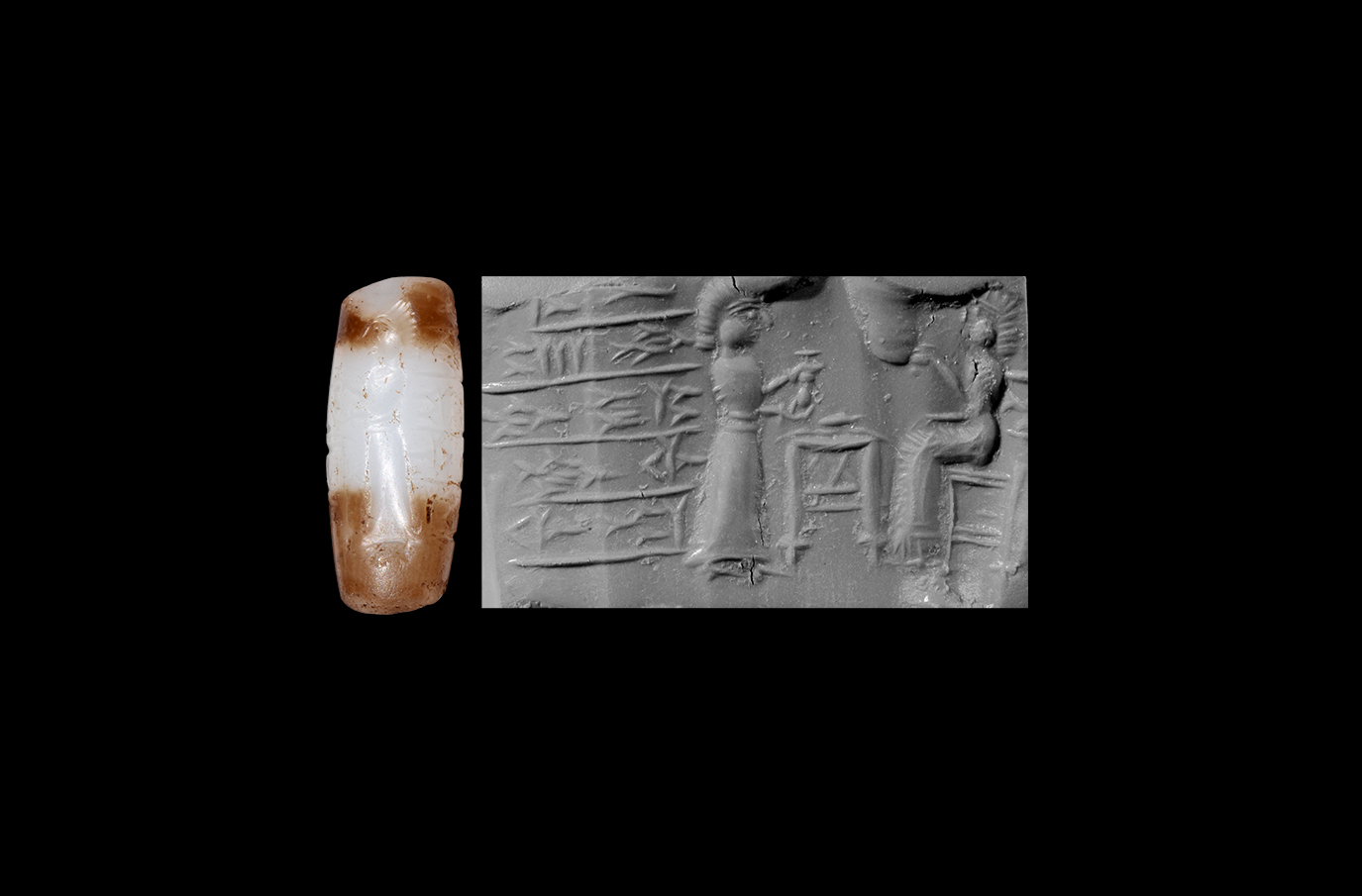
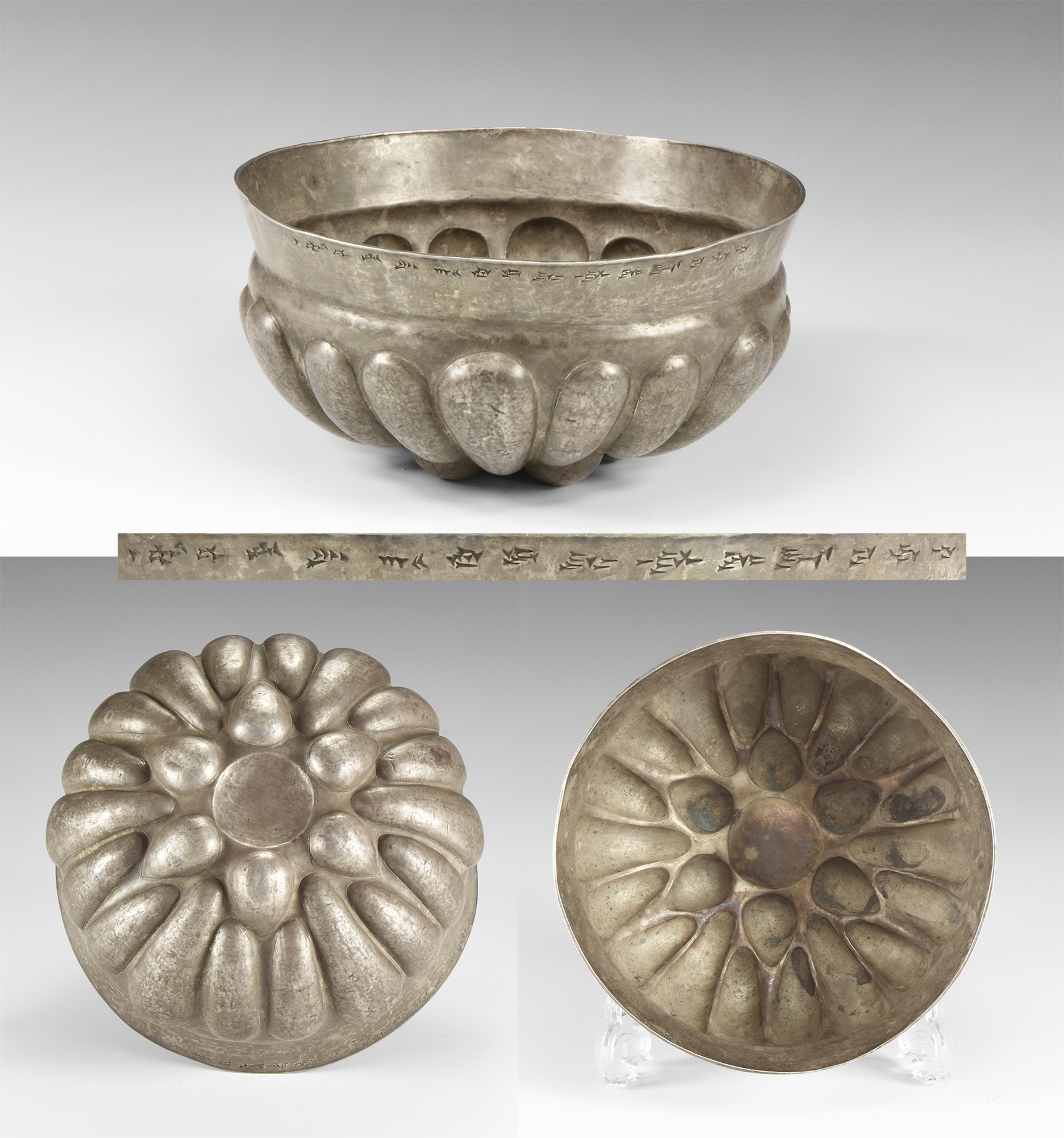
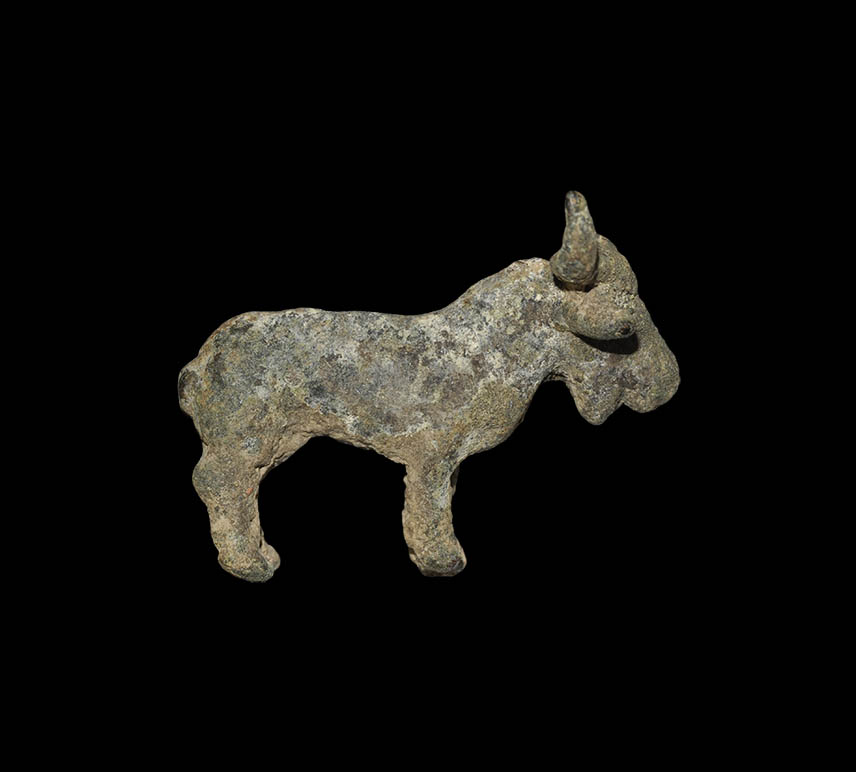
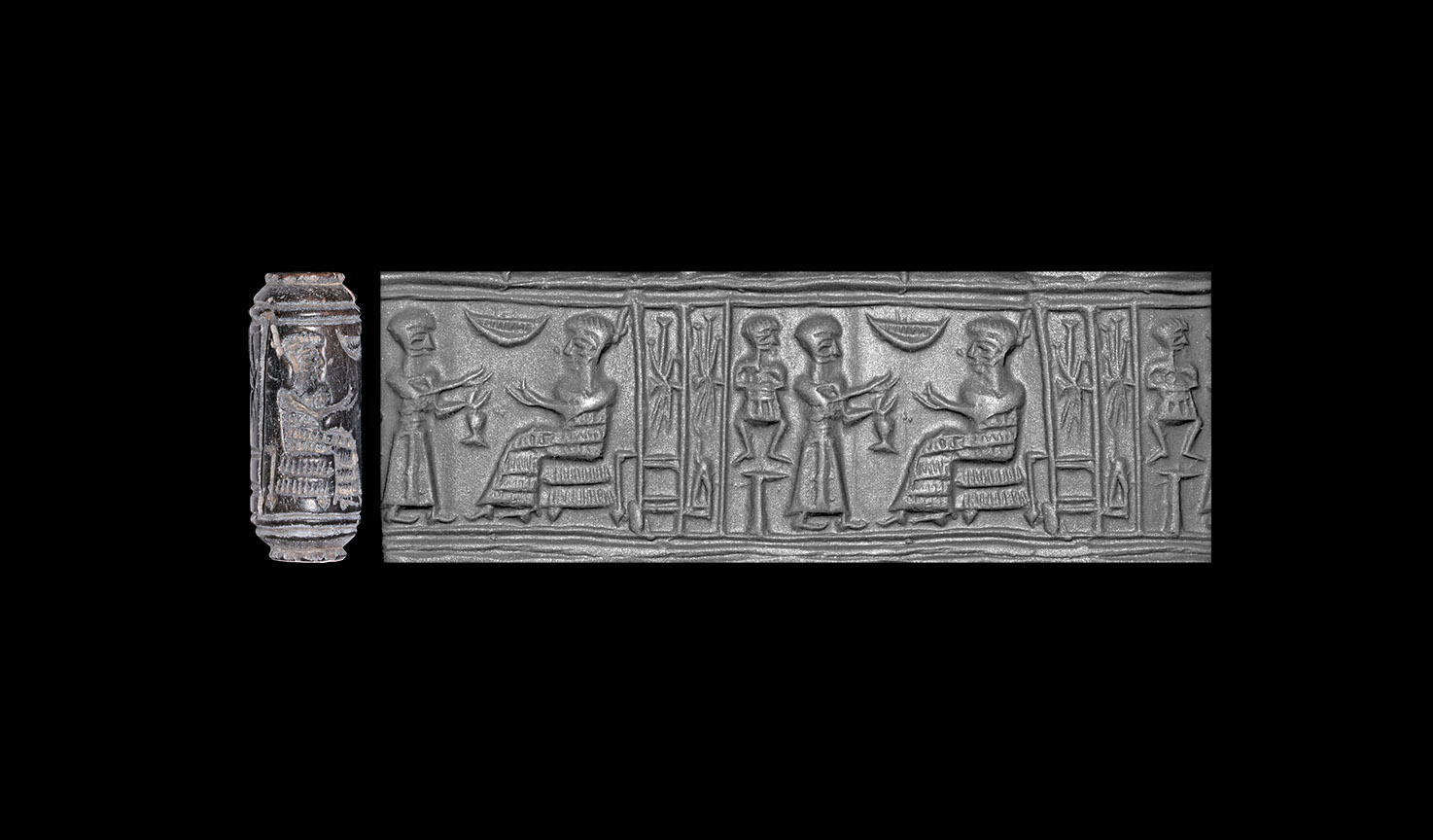
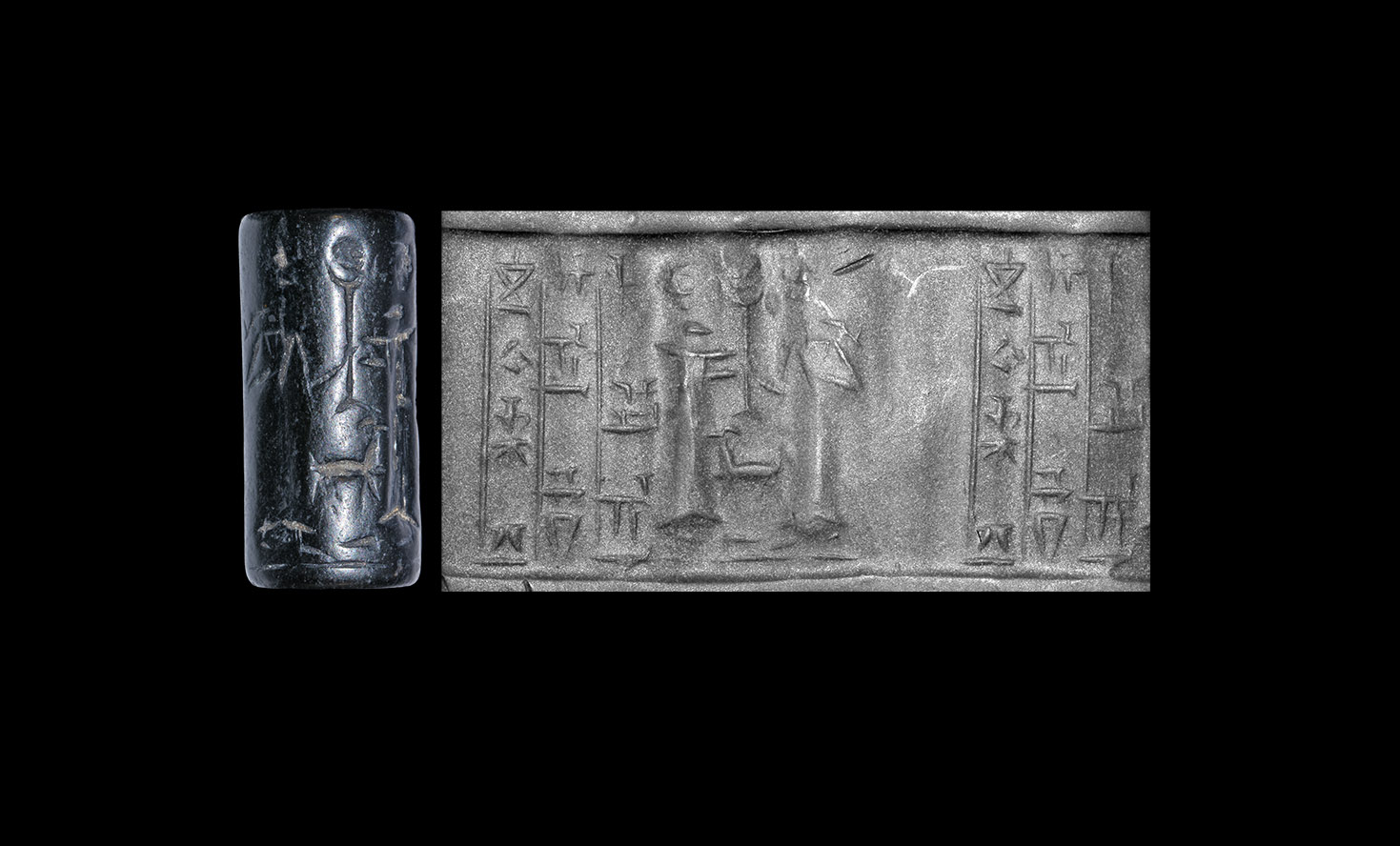
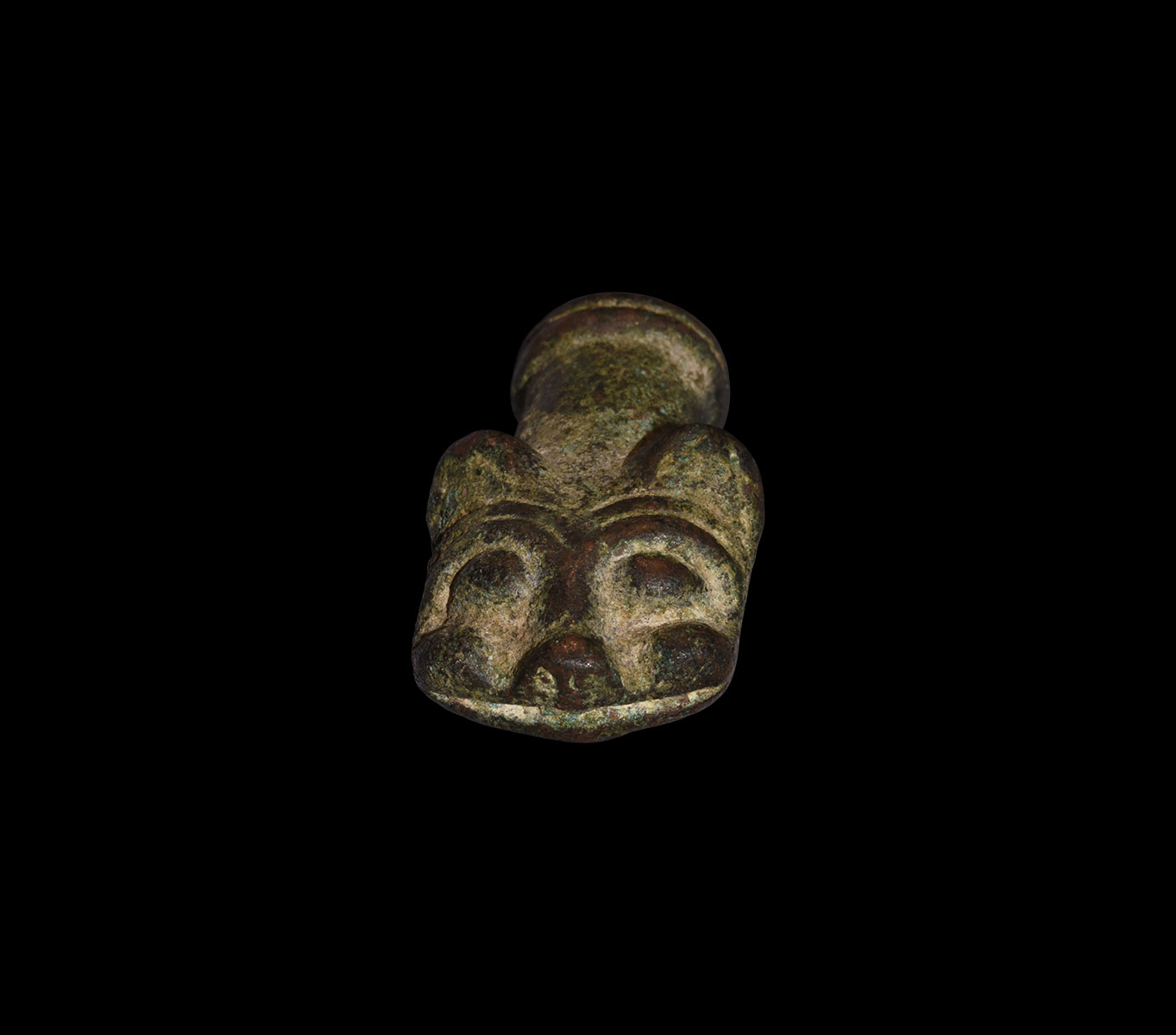
.jpg)
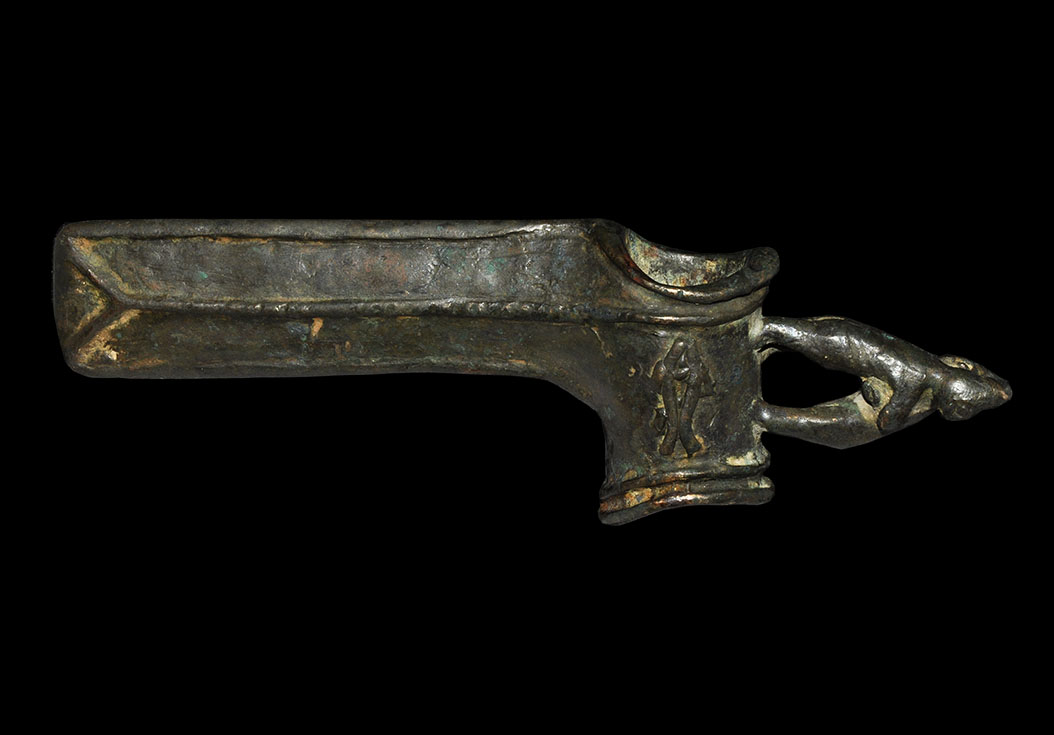
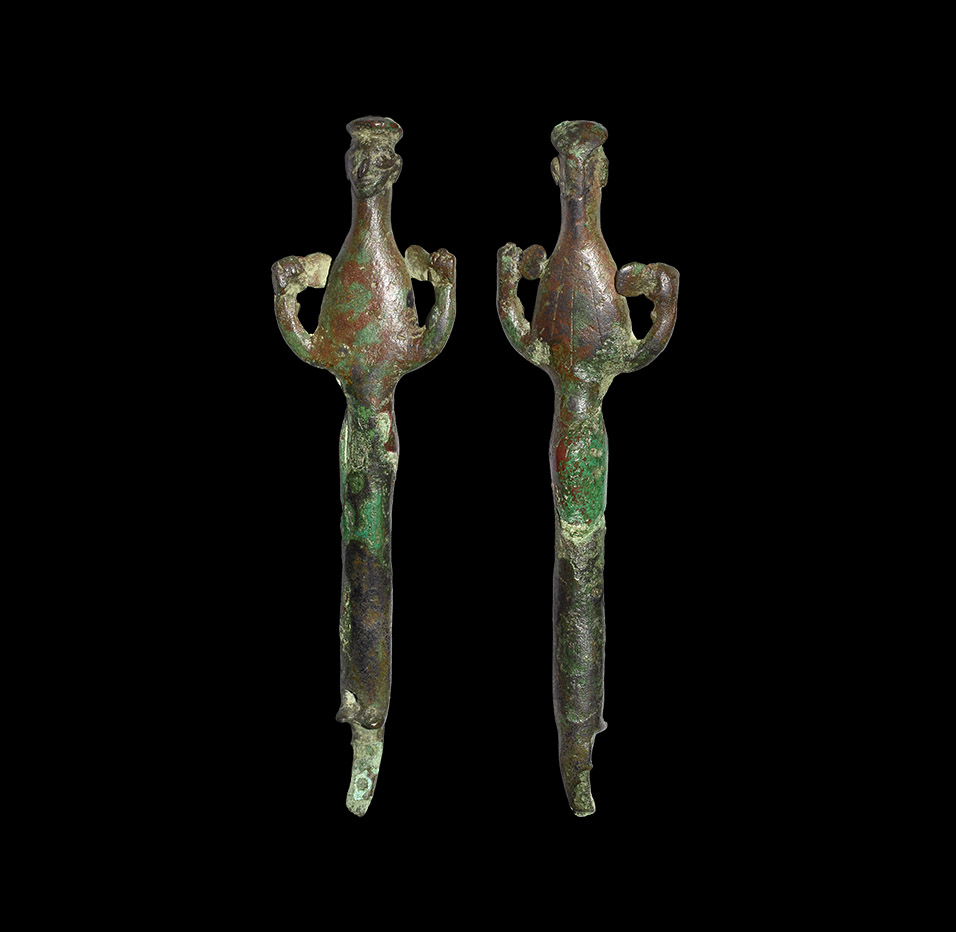
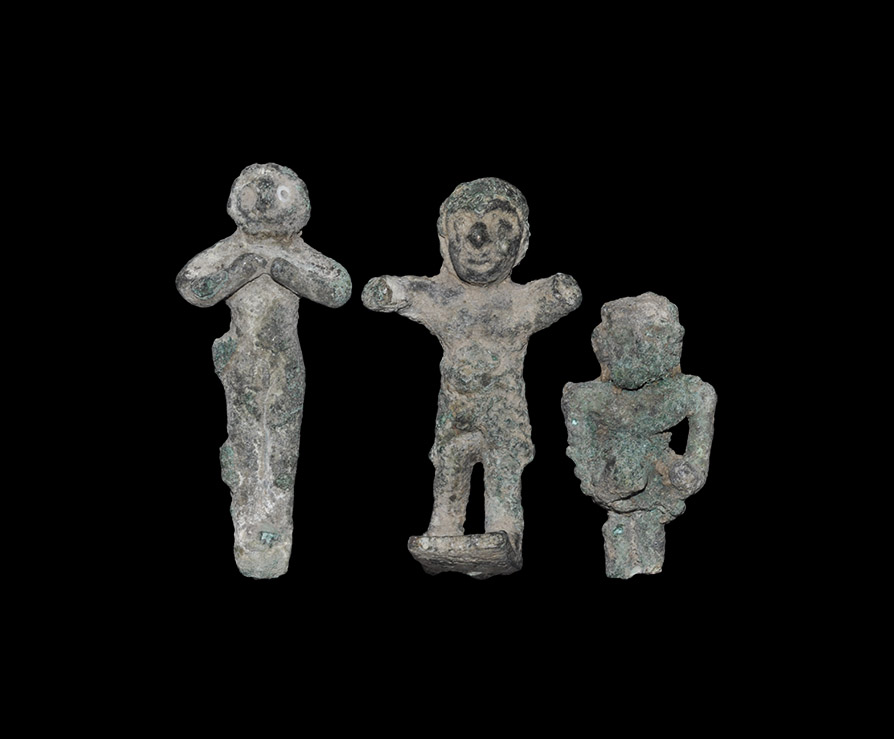
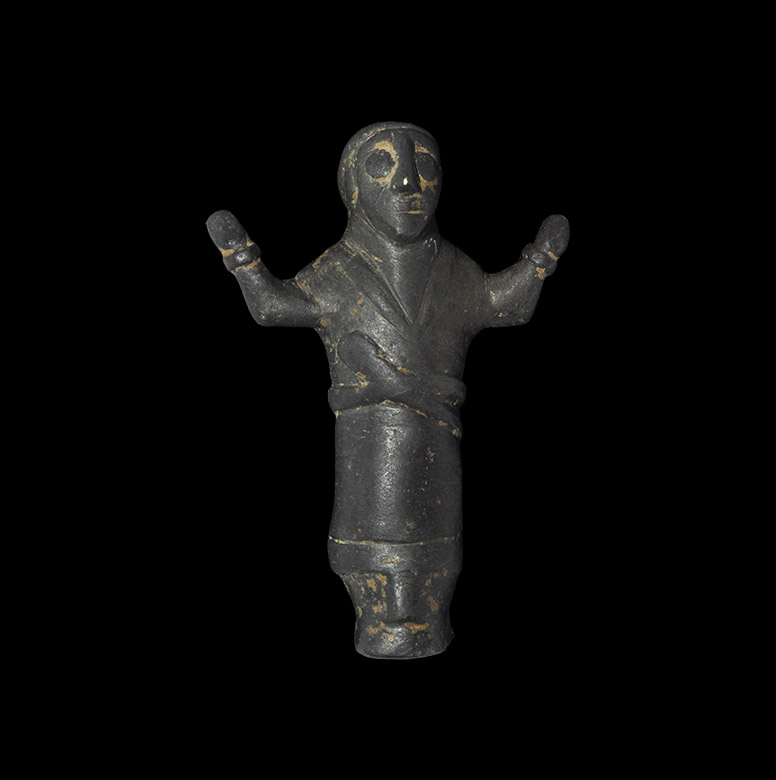

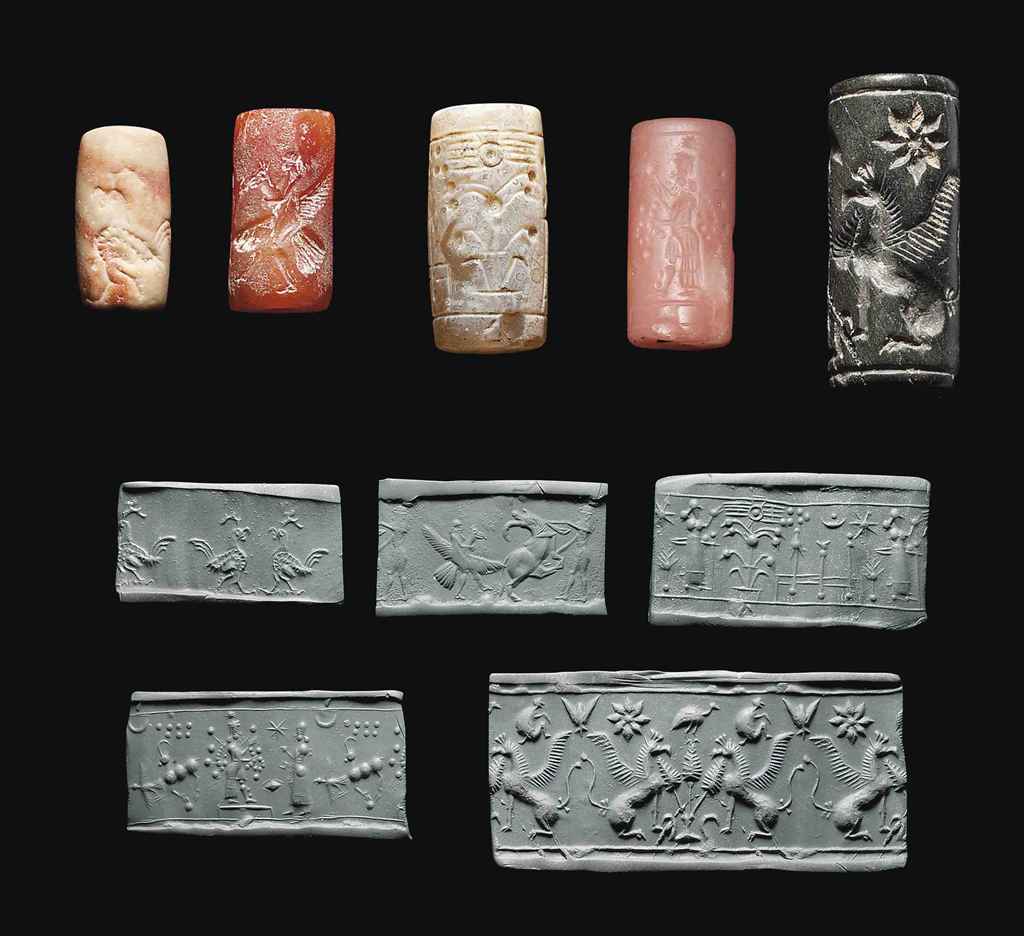
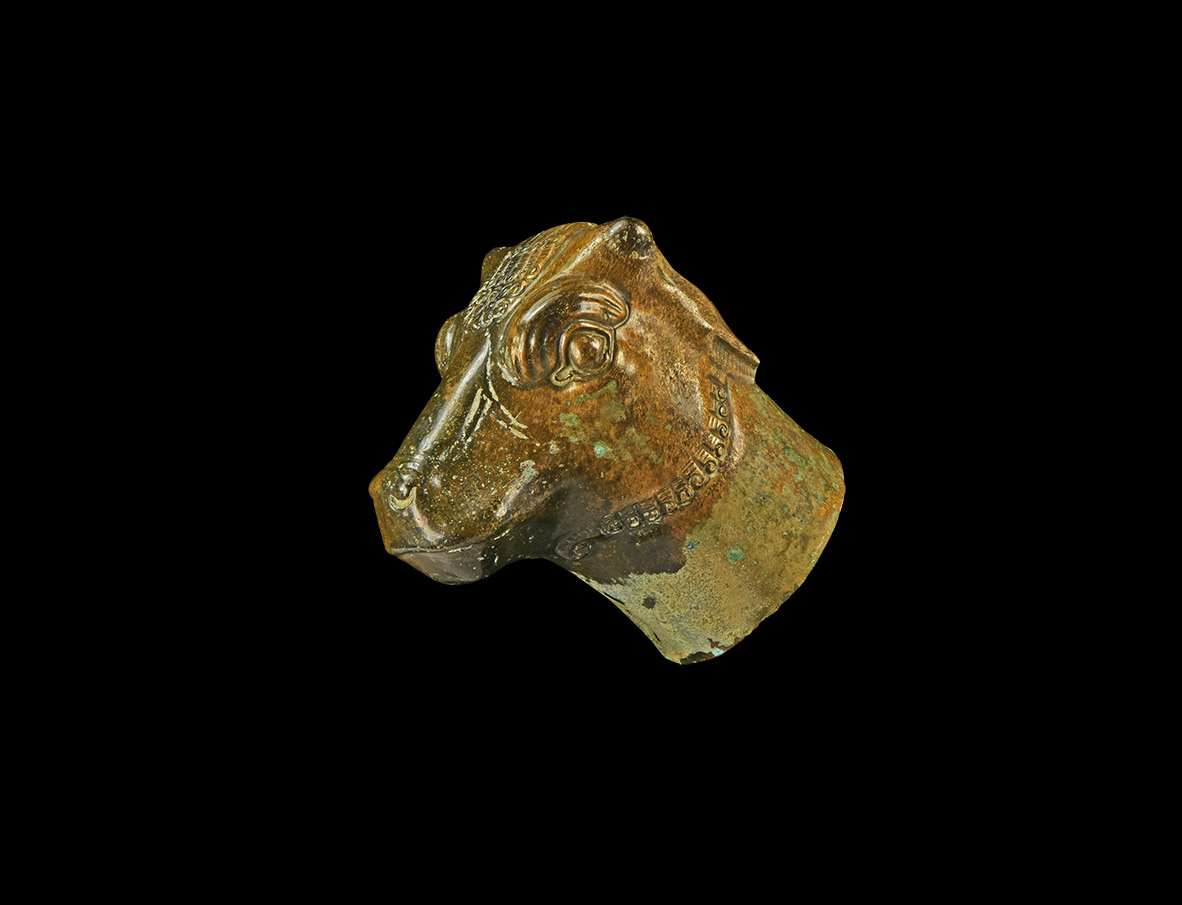
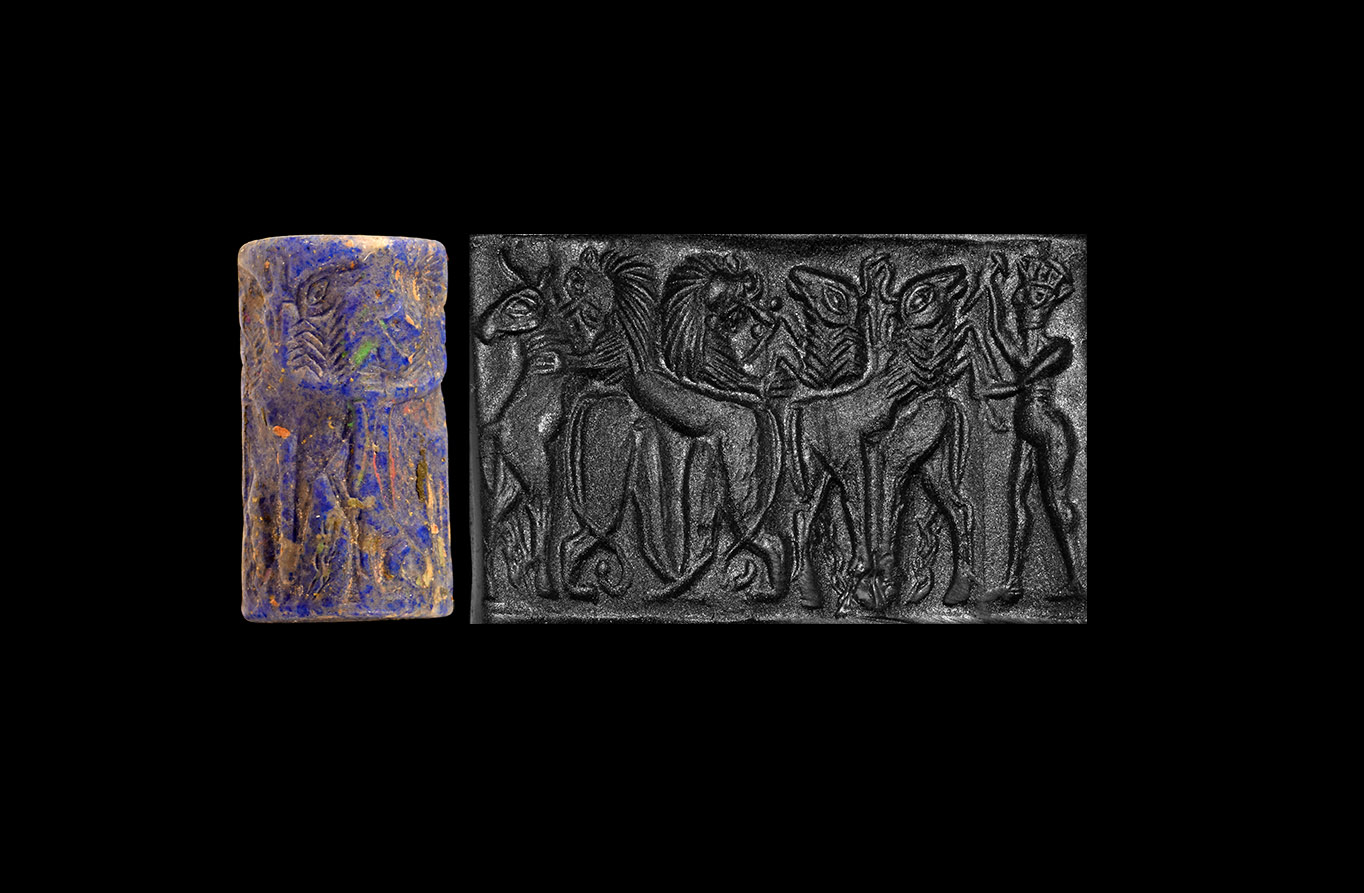
Try LotSearch and its premium features for 7 days - without any costs!
Be notified automatically about new items in upcoming auctions.
Create an alert